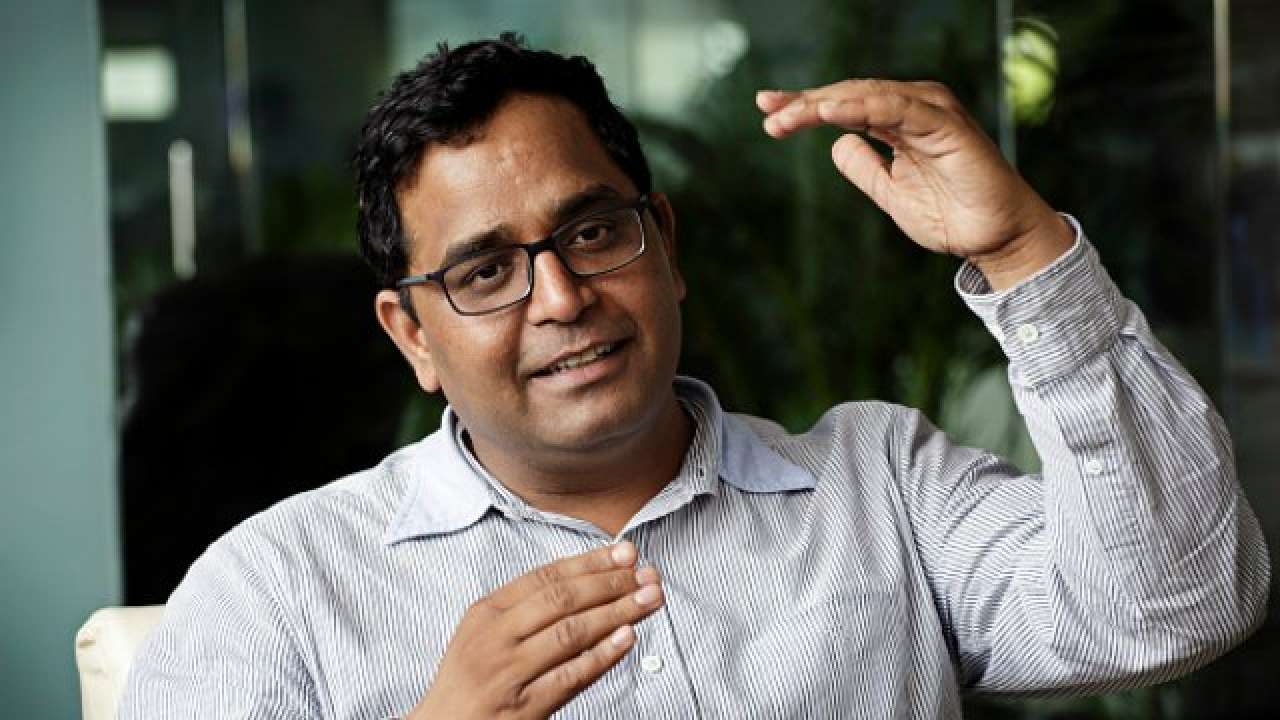Human Extinction Following OpenAI Post got Paytm CEO Vijay Shekhar Sharma genuinely concerned

Human Extinction Following OpenAI Post got Paytm CEO Vijay Shekhar Sharma genuinely concerned
Vijay Shekhar Sharma, the founder of PayTm, has voiced his concerns regarding the potential consequences of highly advanced AI systems. He expressed these worries in a tweet, referring to a recent blog post by OpenAI, an organization dedicated to artificial intelligence research and development.
Sharma’s concerns likely revolve around the idea that as AI systems become more advanced and capable, there is a possibility of disempowerment and even the extinction of humanity. The blog post by OpenAI may have highlighted the potential risks and ethical considerations associated with the development and deployment of AI technologies.

It is not uncommon for influential figures in the technology industry to express concerns about the implications of AI. Discussions and debates surrounding the responsible development and use of AI systems are crucial in shaping the future of this rapidly advancing field.
What is the OpenAI Warning Us About?
Vijay Shekhar Sharma’s tweet indicates that he shares the concerns expressed in the blog post by OpenAI. His reference to the accumulation of power by certain individuals and countries suggests a worry about the concentration of power in the hands of a select few.
Moreover, Sharma draws attention to the blog post’s claim that within a short span of around seven years, the development of advanced AI systems could potentially lead to the disempowerment or even extinction of humanity. This suggests a deep concern about the potential consequences of unchecked and rapidly advancing AI technologies.

By highlighting these alarming findings, Sharma raises awareness about the potential risks associated with the development and deployment of advanced AI systems, emphasizing the need for responsible and ethical approaches to AI development and governance.
The blog post by OpenAI, titled “Introducing Superalignment,” focuses on the challenges associated with aligning highly advanced AI systems with human values and ensuring their beneficial use. It acknowledges the need for significant scientific and technical breakthroughs to achieve this alignment.
To address these challenges, OpenAI has committed to dedicating substantial computing power to research efforts in AI alignment. Additionally, they have formed a team led by Ilya Sutskever and Jan Leike, who will lead the organization’s research initiatives in this area.

By highlighting their commitment to addressing the alignment problem, OpenAI aims to contribute to the development of safe and beneficial AI systems that prioritize human values and prevent potential risks associated with advanced AI technologies.
In the blog post, OpenAI acknowledges that the arrival of superintelligence, which refers to AI systems that surpass human intelligence across a wide range of tasks, may occur within this decade. They emphasize the importance of proactively addressing the risks associated with such advanced AI systems.
OpenAI recognizes that managing the risks of superintelligence requires the development of new governance institutions and frameworks. It also highlights the critical need to solve the challenge of aligning AI systems with human intent, ensuring that these systems act by human values and goals.

By acknowledging the potential arrival of superintelligence and the necessity of addressing its risks, OpenAI aims to promote awareness and encourage further research and collaboration in the field of AI safety and governance.
OpenAI Hiring a New Team
Indeed, OpenAI acknowledges that existing AI alignment techniques, which rely on human supervision and feedback, may not be sufficient to align superintelligent AI systems. They emphasize the need for new scientific and technical breakthroughs to tackle this challenge effectively.
OpenAI plans to develop an automated alignment researcher that operates at or near human-level intelligence. This researcher will leverage significant computing resources to scale their alignment efforts. The aim is to explore and develop scalable training methods, validate models, and rigorously test the alignment pipeline.
By focusing on developing advanced AI systems that can tackle alignment challenges, OpenAI aims to lay the foundation for aligning superintelligent AI with human values and intent. They recognize the importance of investing in research, innovation, and computational capabilities to navigate the complexities of AI alignment in the future.

OpenAI is committed to assembling a team of talented researchers and engineers to work specifically on the challenge of superintelligence alignment. They recognize that their research priorities will evolve as they make progress and gain new insights.
While they provide an overview of their approach and goals in the blog post, OpenAI acknowledges that more detailed information about their roadmap and specific research directions will be shared in the future. This reflects their commitment to transparency and collaborative efforts in addressing the alignment problem associated with superintelligent AI systems.
OpenAI recognizes the importance of providing evidence and convincing the machine learning and safety community that they have achieved superintelligence alignment. Their goal is to not only develop the necessary technical solutions but also to communicate and demonstrate the effectiveness of those solutions.

While their focus on superintelligence alignment is a crucial aspect of their work, OpenAI also emphasizes that they remain committed to improving the safety of existing AI models and addressing other potential risks associated with AI. This holistic approach reflects their dedication to ensuring the safe and beneficial development of artificial intelligence technology.




